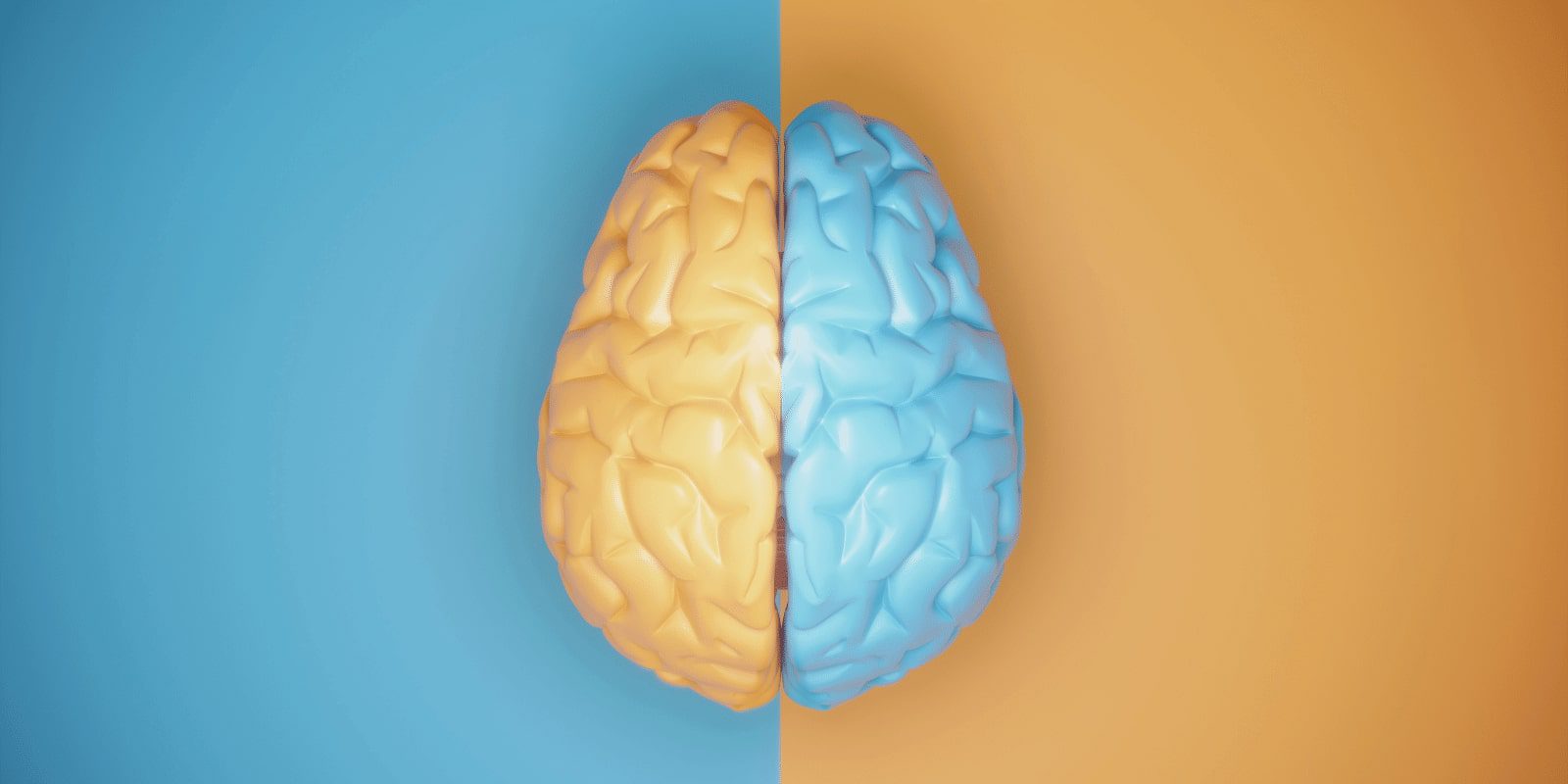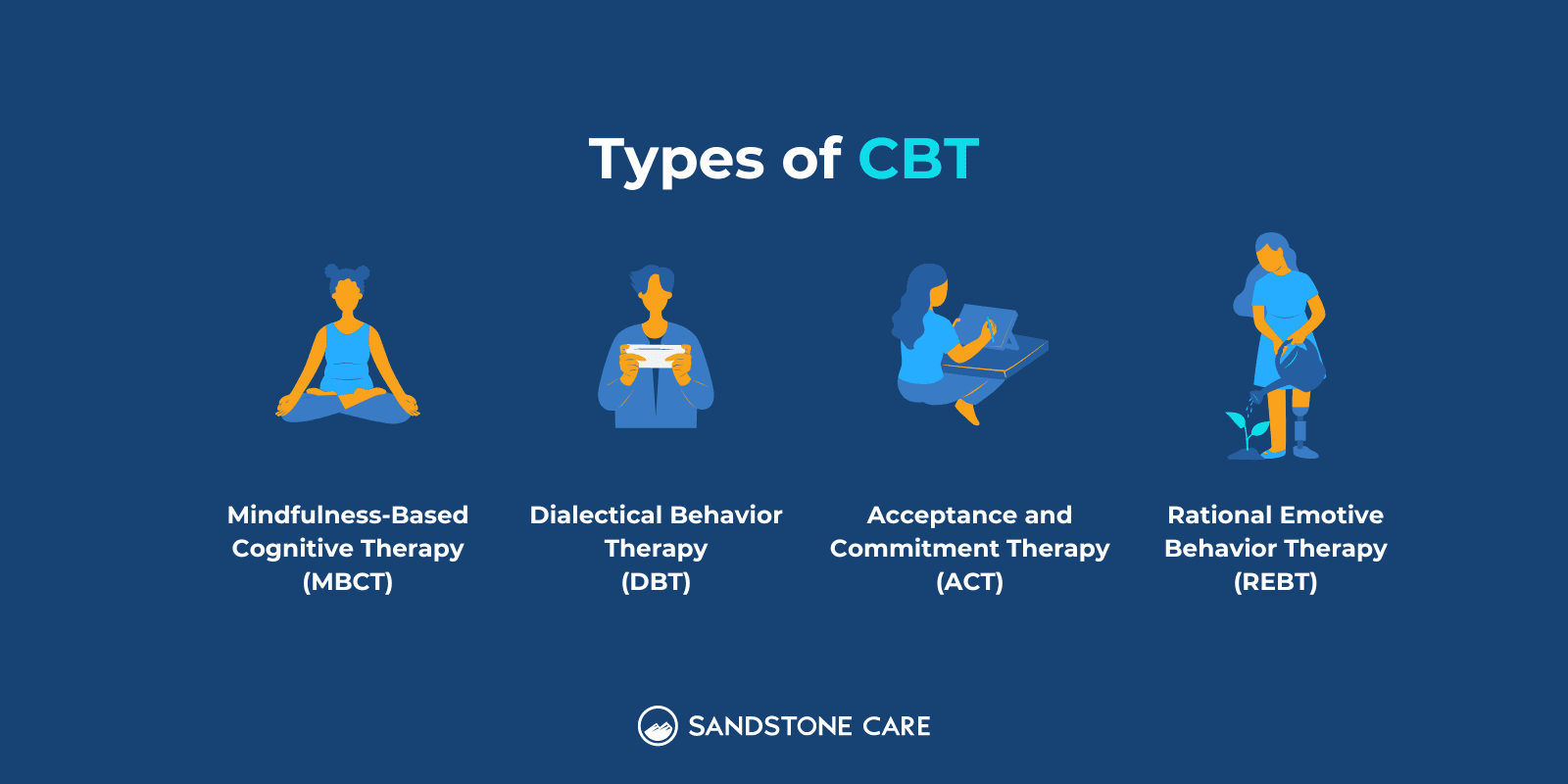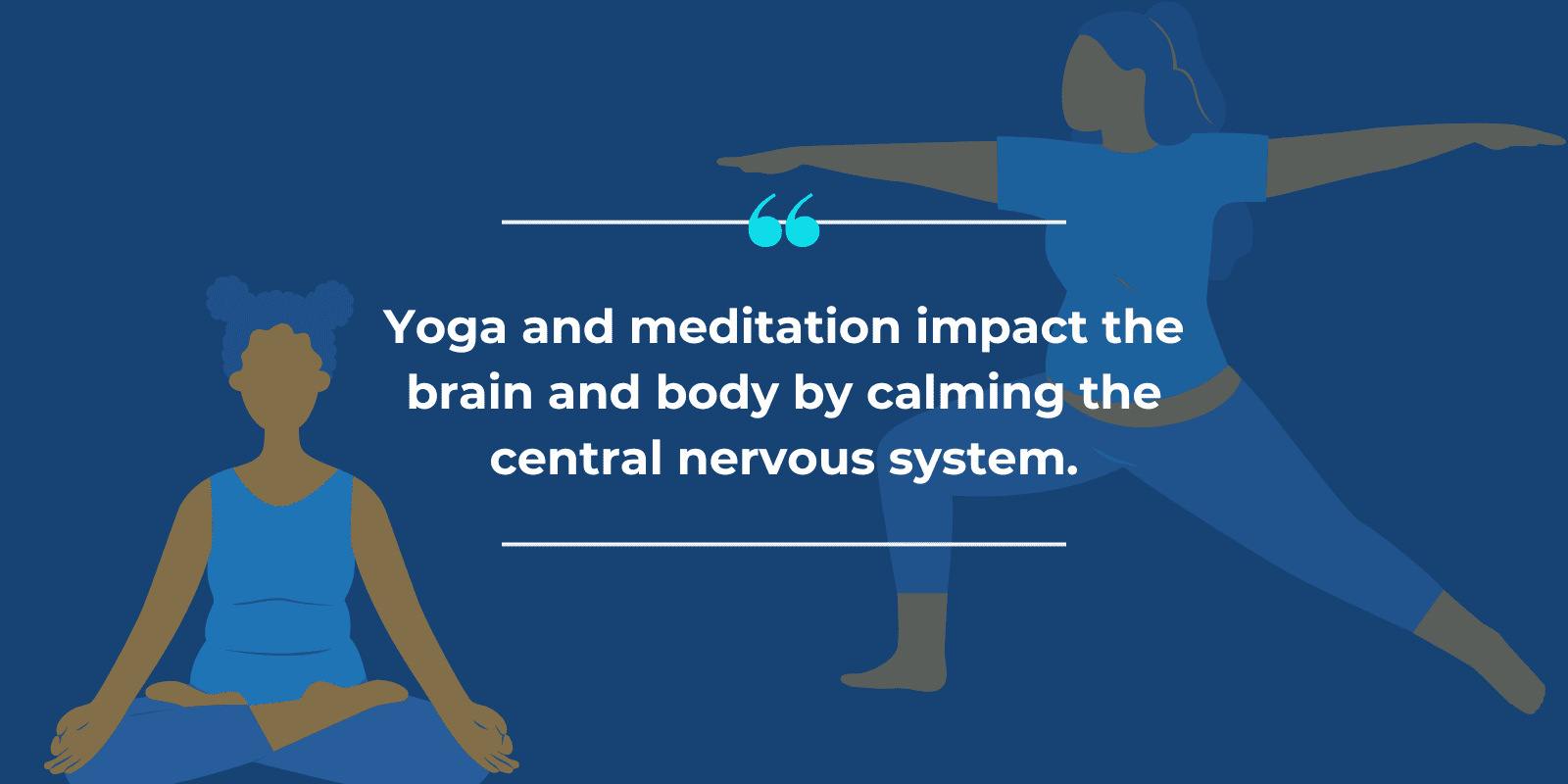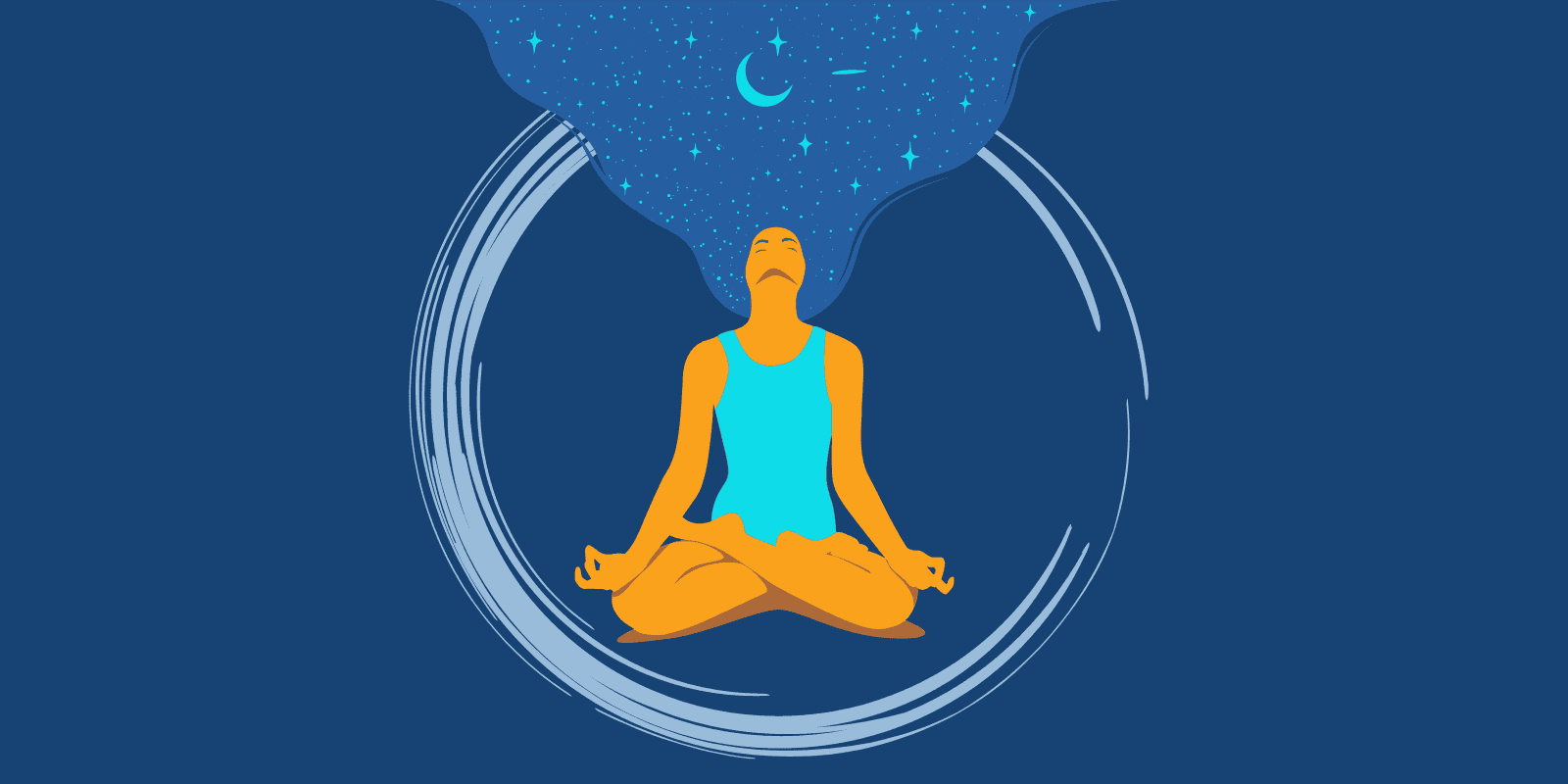Mind-Body Connection: 10 Facts About How It Impacts Substance Use And Mental Health


The mind-body connection works by the feedback loop between your body and your mind.
The way that you feel influences the way that you think and vice versa. The mind-body connection is the communication between your thoughts and your feelings.
While you might think of your feelings as something that exists in your mind, the word “feeling” implies a physical sensation. Your feelings are a bodily experience. All of your feelings have bodily sensations that define them.
For example, when you are nervous, you might feel it in your gut. Your heart rate might go up. Your posture might change from open to closed as you attempt to protect yourself.
When you feel confident, you might feel relaxed, standing up tall and proud. Your breath and heart rate are controlled. You might feel calm and strong. Your thoughts will follow how you feel.

How you feel influences what you think.
What are your thoughts like when you feel nervous versus confident? You might think the world is ending when you feel anxious. You might see yourself as weak or in danger. When you feel confident, you might have thoughts that you are powerful and resilient.
Sometimes, you can change your mental state by changing your posture. When you feel upset or anxious, try standing tall and proud. You might be surprised at the change in your mental state.
The mind-body connection plays an important role in the treatment of mental health and substance use disorders. From sleep and nutrition to exercise and movement, the mind-body connection can help your overall health and well-being.
The mind-body connection is important to mental health and addiction recovery because you cannot deny the body’s influence over the mind and vice versa.
Treatment programs for mental health and substance abuse should include some activities that involve the mind-body connection. Your physical and emotional health are connected, and you can treat one by treating the other.
During mental health and addiction treatment, you can introduce mind-body concepts to your treatment plan. These important mind-body therapies will give you more tools for your recovery.

Treatment involving the mind-body connection is important for:
Your mind and body are not two separate parts. Treatment involving both mental and physical health is best for recovery from mental illness and substance use disorders.
The mind-body connection is also important for treating chronic pain. When you experience chronic pain, you might develop a co-occurring mental health or substance use disorder. Chronic pain shows the impact that the body has on your mental health.
Chronic pain can also lead to alcohol or drug abuse after developing a dependency on pain pills. Mind-body therapies to treat pain are crucial for substance abuse treatment.
Yes, the mind-body connection is a scientific concept.
The scientific community does have some debate over mind-body concepts. Some debates involve the amount of influence of one over the other. Understanding exactly where or what the “mind” is also a topic of debate.
Additionally, knowing whether the mind alone controls the body is up for debate. Due to the influence that physical health has on your mind, it is hard to say that the mind controls the body.

But the power of the connection between the mind and body cannot be denied.
According to the Psychological Bulletin, “studies have convincingly established that stressful experiences alter features of the immune response as well as confer vulnerability to adverse medical outcomes.”
Scientific research has shown a link between stress and the immune system. Stressful experiences influence your mental health. The experience can then weaken your immune system.
In addition, the Centers for Disease Control and Prevention (CDC) states, “Well-being integrates mental health (mind) and physical health (body) resulting in more holistic approaches to disease prevention and health promotion.”
The concept of caring for your overall health and well-being, including mental, physical, emotional, and behavioral health, is driving health services today.
Researchers publishing in Medicines “assert that mind-body approaches, such as meditation, distress tolerance, and yoga, may promote emotion regulation skills that allow young adults to manage their stressful experiences and distressing emotions without [alcohol or other drug] use.”
Overall, you are more than just the sum of individual parts. All aspects of your health are connected. Effective treatment of addiction and mental illness involves all aspects of health and wellness, especially the mind and body.
The relationship between stress, physical health, and mental health is strong, as each impacts the other.
According to the National Institute of Mental Health (NIMH), “Stress is how the brain and body respond to any demand. Any type of challenges — such as performance at work or school, a significant life change, or a traumatic event — can be stressful.”
Stressful experiences influence both mental and physical health. When you are faced with stress, your body feels a “flight or fight” response. This response helps you survive threats from the environment.
When stressed, your heart rate and blood pressure can increase. Your breathing can get shallow and rapid. Your body is getting ready to either run away or fight a threat.
The “flight or fight” response was helpful when sabertooth tigers, wolves, or other natural threats put your ancestors in danger. You would get the energy to fight or get away. These threats occurred often and were once part of daily life.

You rarely experience the life or death scenarios that your stress response system is meant to combat in the modern world.
Now, the energy you have never gets used, resulting in stress or trauma. Some mental health disorders, like anxiety, cause your body to feel like it is in danger. For example, someone with stage fright might feel like their life is threatened when performing in front of others.
This stress and energy remain in the body, influencing the way the mind processes information. Though you are not in real danger, your body feels that way due to an overactive nervous system.
Your mind attempts to justify why you feel this way, rationalizing that perhaps the source of your stress is truly threatening. You might begin to avoid situations that remind you of stressors to protect yourself. You then build false beliefs about these situations.
Substance abuse is often a maladaptive coping skill for dealing with stress.
Effective mental health treatment helps you identify negative beliefs, manage emotions, tolerate stress, and cope with challenging life events. You can learn holistic approaches to treatment that focus on mind-body therapies.
CBT can help your central nervous system repair itself, changing the way that you think and feel.
CBT or cognitive behavioral therapy asserts that your thoughts and beliefs influence your behaviors. When you change your thoughts from negative and harmful to positive and helpful, you can change how you behave.
When CBT is combined with holistic approaches, you can treat mental health and substance use disorders effectively.
You can combine CBT with holistic activities, like yoga, meditation, breathwork, mindfulness, and other therapies. These activities help to calm the body, which then calms the mind for optimal treatment.
When your body feels stressed during therapy, you might not process information correctly. When stressed, your mind wants to alleviate the distress felt in your body. While “talking things out” can be soothing, holistic approaches can also help you during CBT.
Emotional regulation is a significant part of mind-body therapies. CBT can be helpful in learning to regulate emotions. However, some young adults can benefit from a similar approach called dialectical behavior therapy.
Dialectical behavior therapy (DBT) is a type of CBT for those with difficulty managing emotional regulation, which impacts relationships and thought patterns.
DBT was developed for people with borderline personality disorder, though DBT can also help with addiction and other mental health problems in young adults and teens.
Holistic approaches combined with CBT or DBT can teach teens and young adults to control their body’s overactive stress response.

Yoga and meditation impact the brain and body by calming the central nervous system.
Yoga is the practice of controlling your body. You hold specific poses for a length of time. Often, yoga positions require you to use proper posture and tolerate stress as you hold the pose. Learning to be comfortable with discomfort is critical to dealing with stress.
Meditation is the practice of being mindful of your thoughts in a nonjudgmental way. Instead of trying to control your thoughts, you learn to accept them and realize that you do not need to hang onto your thoughts, especially negative ones.
Both yoga and meditation focus on what you can control. Stress and anxiety are often about feeling a lack of control. You might be worried about future events, fixated on the past, or stuck in indecision from overthinking.
While you cannot control all of your thoughts and feelings, you can alleviate stress by controlling your breathing and how you respond to irrational beliefs.
Meditation and yoga are both mindfulness practices that help with your overall health and well-being. Mindfulness practices teach you to be “in the moment.” Anxiety and stress are often caused by a preoccupation with past mistakes or threats in the future.
You “get out of your head” and back to the present moment when you practice mindfulness. Yoga and meditation require your full attention.
Though you might only practice yoga or meditation for a few minutes daily, these practices train your brain and central nervous system the same way that exercise trains your body.

In guided imagery, the mind-body connection shows how different sights can influence your mood and thoughts.
What you see can influence how you feel. If you look at pictures of green spaces or nature scenes, you might feel more relaxed and calm. Conversely, you might feel more stressed if you are flooded with images that upset you.
You might realize this while watching the news. Seeing natural disasters and violence on television and social media can make you feel unsafe and stressed. Your body’s stress response kicks in as if you are in danger.
Guided imagery taps into your mind-body connection by helping you picture things that make you feel comforted.
Guided imagery is a relaxation technique that helps you picture calm places to lower your stress responses in the moment. While the images exist in your mind, they connect to your body, as your body reacts as if those images are real.
Nutrition impacts the mind-body connection in important ways.
What you eat and consume directly impacts your mental health and wellness. You can think about the negative impact of drug abuse. Illicit substances can affect your mental and physical health. Sobriety can help you heal, and nutrition will further help the process.
While harmful substances harm your body and mind, healthy nutrition can help you heal during addiction recovery.
Healthy, nutritious foods affect the way that your brain and body function, which then improves the way you feel. Think about how you feel after a sugar rush. You might feel great at first; then you get a crash afterward.
After eating a healthy meal, you are less likely to feel a crash or bad feelings from eating junk foods. Nutrition can help you revitalize your body with the vitamins, energy, and minerals that you need when in mental health or addiction recovery.

You can heal your subconscious mind with therapies that help you process information while your body is in a calm state.
Your subconscious mind is often healed by addressing deep-seated issues in the present. You might need to talk about or think about distressing or traumatic experiences during therapy while in a calm body state to heal your subconscious mind.
Mind-body therapies help the body heal the mind. Sometimes, talk therapy alone is not enough to heal the subconscious. You need to heal both the body and the mind.
Your mind works by creating associations between your thoughts and your experiences. When you feel stressed by school, your mind creates an association that school is stressful.
Often, these associations are general, and therapy can help you find solutions to specific issues that create unhealthy associations. You might need to identify where the stress is coming from; is it school or something else? Is it one class or a particular teacher?
To heal your subconscious mind, you need to feel calm and safe while working out underlying traumas and deep-seated beliefs.
Past events and your thoughts cannot hurt you. But, with a mental health disorder like anxiety or post-traumatic stress disorder (PTSD), you might feel like these thoughts will harm you.
It is best to talk and think about stressful or traumatic events while in a calm state to heal. You can retrain your body’s stress response to these thoughts when you think about them in a relaxed state.
Eye Movement Desensitization and Reprocessing (EMDR) is a type of treatment that shows the mind-body connection at work to heal the subconscious mind.
During EMDR, you talk about your phobias, anxieties, trauma, or other stressful thoughts while a therapist guides you through a calming technique called bilateral stimulation. Bilateral stimulation involves stimulation from one side of the body to the other.
Bilateral stimulation, usually by moving the eyes from left to right, calms the body and mind. Other forms of bilateral stimulation include tapping the body from the left to right or hearing sounds from the left ear to the right ear and back.
When talking about trauma, fears, or painful memories, you might feel yourself tense up. You might have a bodily response that reinforces the stress of the thoughts. During EMDR, your therapist will talk to you while guiding you through bilateral stimulation to keep you relaxed.
With EMDR, you learn that your thoughts will not hurt you. The associations between your stress response and thoughts change. Then, your subconscious begins to heal as your central nervous system can calmly recall distressing thoughts.

Daily practice of complementary health approaches can improve your mind-body connection.
The National Center for Complementary and Integrative Health (NCCIH) lists the following as mind-body practices:
Improving your mind-body connection requires practicing some holistic approaches to health and wellness in your daily life. It would help if you found ways to bring mindfulness into your life the same way that you exercise to keep your body strong and healthy.
Think of your mind-body connection as something you always need to devote time to maintain. Take breaks during your day to practice deep breathing or go out for a walk in nature.
Finding mindful activities that work for you can improve your mind-body connection during your mental health and addiction recovery.
The mind-body connection is crucial to treat mental illness and substance abuse. Holistic approaches combined with therapy are the most effective treatment. Sandstone Care shows teens and young adults healthy ways to live without substances. Call (888) 850-1890.



We understand taking the first step is difficult. There is no shame or guilt in asking for help or more information. We are here to support you in any way we can.